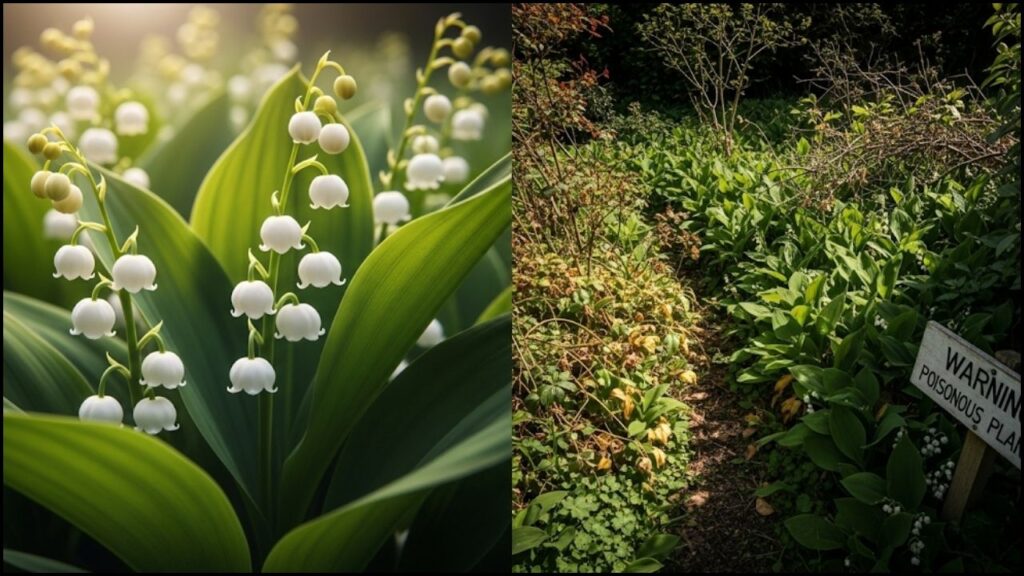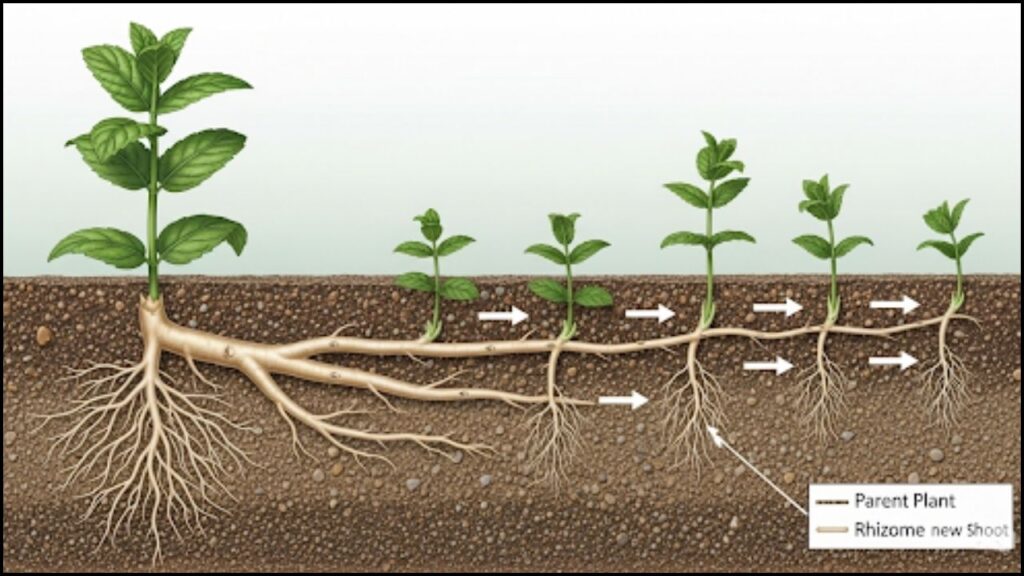
For millions of home gardeners, a trip to the local nursery is a hopeful ritual. Yet, horticultural experts and seasoned gardeners are raising awareness about popular plants that need a warning label due to their aggressive, damaging, or toxic nature. These plants, often sold for their beauty or utility, can quickly overwhelm landscapes, damage property, and even pose health risks, leading to costly and labor-intensive removal efforts.
Plants That Need a Warning
| Plant Name | Primary Concern | Expert Insight |
| Mint (Mentha spp.) | Aggressive Spreader | Spreads relentlessly via underground rhizomes, quickly taking over garden beds. |
| English Ivy (Hedera helix) | Invasive & Destructive | Damages structures, harbors pests, and is classified as an invasive plant in many regions. |
| Lily of the Valley (Convallaria majalis) | Highly Toxic & Spreads | All parts are poisonous if ingested; also forms dense, rapidly expanding colonies. |
| Running Bamboo (Phyllostachys spp.) | Uncontrollable Growth | Subterranean rhizomes can travel long distances, emerging in unwanted areas and crossing property lines. |
The Allure and The Risk
Many plants with problematic traits are initially chosen for valid reasons. They may grow quickly, provide dense ground cover, or offer an attractive appearance. However, these same characteristics can become significant liabilities.
“The issue is that a plant’s vigor in a controlled pot at a nursery doesn’t tell the whole story,” said Dr. Amelia Grant, a horticulturalist with the University of California Cooperative Extension. “A fast grower can easily become an unstoppable invader in the open ground of a home garden. We see homeowners every year who are fighting battles they unknowingly started.” Experts advise that understanding a plant’s growth habit, particularly how it spreads, is as crucial as knowing its needs for sun and water.
Four Popular Plants That Need a Warning Label
While many plants can be aggressive in the right conditions, botanists and landscape professionals consistently identify a few common culprits sold widely without adequate caution.
Mint (Mentha spp.): The Relentless Spreader
Prized for its aromatic leaves used in cooking and beverages, mint is one of the most common herbs planted by beginners. Its downfall is its method of reproduction. Mint spreads through underground stems called rhizomes, which send up new plants along their length.
“Planting mint directly into a garden bed is a mistake many people only make once,” states a guide from the Missouri Botanical Garden. A single, small mint plant can colonize an entire garden bed within a couple of seasons, choking out less aggressive neighbors. The advice from experts is unanimous: plant mint in containers. Even then, keep the container on a patio or hard surface,” Grant advises. “If it’s on the soil, the rhizomes can escape through the drainage hole and the invasion begins.”

English Ivy (Hedera helix): The Destructive Climber
English ivy is a classic, evergreen vine often used to cover walls and as a groundcover. However, its aesthetic appeal masks a destructive nature. The vine attaches to surfaces with small, aerial rootlets that can penetrate mortar, damage brickwork, and trap moisture, leading to rot and structural decay.
In many parts of the United States, particularly the Pacific Northwest and the East Coast, English ivy is listed as a noxious weed. According to the U.S. Department of Agriculture (USDA), it escapes cultivation and forms dense “ivy deserts” in woodlands, smothering native vegetation and depriving wildlife of natural food sources.
“It climbs trees, blocks sunlight, and adds immense weight, making them more susceptible to falling in storms,” said David Chen, a certified arborist in Virginia. “Removing it from a mature tree or a brick home is a delicate and expensive process.”
With its delicate, bell-shaped flowers and sweet perfume, Lily of the Valley is a beloved perennial for shady spots. It is, however, one of the most common toxic garden plants. Every part of the plant—leaves, flowers, stems, and berries—contains cardiac glycosides, which can cause serious illness or death if ingested.
“It’s a significant concern for households with curious children or pets,” Dr. Grant notes. “The red berries that appear after flowering can be particularly tempting to a small child.” Beyond its toxicity, Lily of the Valley is also an incredibly aggressive spreader, forming dense mats that are difficult to eradicate. The National Capital Poison Center includes Lily of the Valley in its database of poisonous plants, warning that even the water in a vase holding the flowers can become toxic.
Bamboo (Running Varieties): The Uncontainable Escape Artist
Bamboo is frequently marketed as a fast-growing, natural privacy screen. However, a critical distinction exists between “clumping” and “running” varieties. While clumping bamboo expands slowly from its base, running bamboo sends out long, horizontal rhizomes that can surface many yards away from the original planting. These rhizomes can travel under fences, driveways, and foundations, causing neighbor disputes and property damage. Eradication often requires heavy machinery and potent herbicides.
“We receive calls every week about a neighbor’s bamboo invading a client’s yard,” said Chen. “Containing it requires installing a deep, specialized root barrier, and if that barrier fails, the problem restarts. It’s one of the clearest examples of plants that need a warning.”
Responsible Gardening: Reading More Than the Plant Tag
To avoid these pitfalls, experts recommend gardeners conduct thorough research before purchasing any new plant. Local university extension offices and native plant societies are valuable resources for information on which plants are problematic in a specific region. “A beautiful garden is a responsible one,” Grant concludes. “Taking five minutes to research a plant’s habits can save you five years of trying to remove it.”
How to Use Old Potting Soil: 7 Expert-Approved Methods for Your Garden
